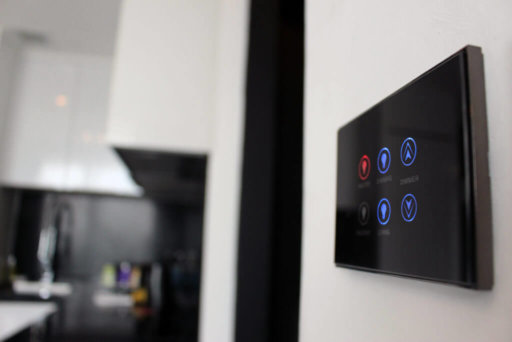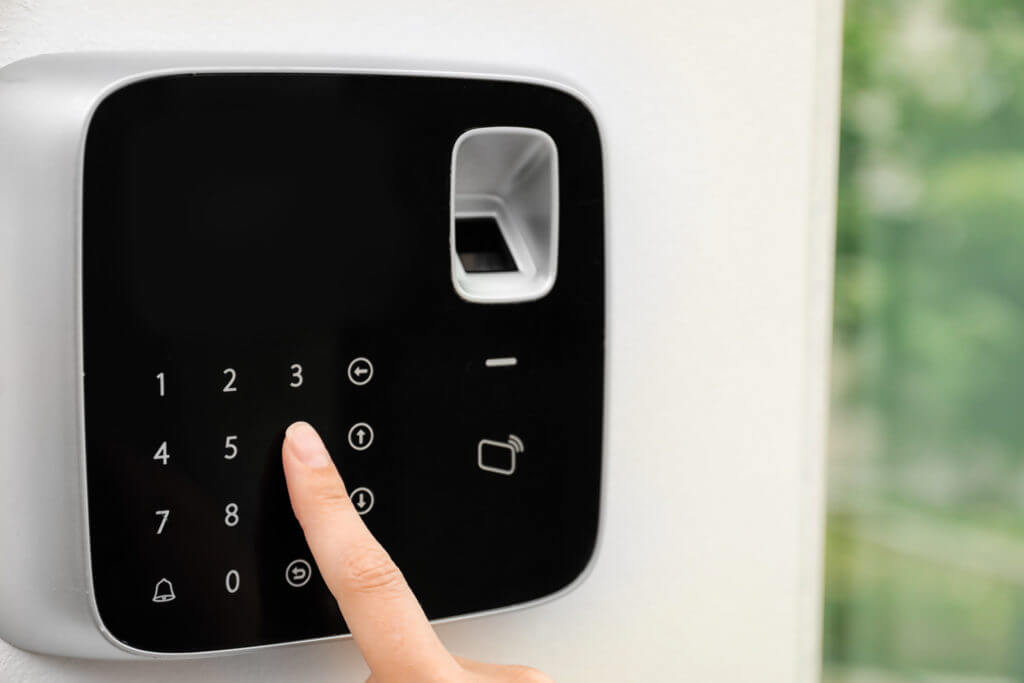This website uses cookies so that we can provide you with the best user experience possible. Cookie information is stored in your browser and performs functions such as recognising you when you return to our website and helping our team to understand which sections of the website you find most interesting and useful.
Capacitive Touch Keypads
Design advances, user familiarity and low tooling costs, have led to an increase of Capacitive Touch Keypads in industrial and commercial interfaces.
Capacitive Touch Keypads providing a robust solution for companies wanting to integrate a flat, noiseless and non-tactile panel, that enables the user to interact easily with the machine.
The beauty of capacitive panels is there are no moving parts, therefore no wear risk. The panels can be fully sealed and protected from external elements such as dust or chemicals, with the clarity of Capacitive Touch Screens providing an enhanced user experience.
What is Capacitive Touch technology?
Capacitive devices identify touch by measuring changes in electronic fields. When a finger or actuation tool touches a Capacitive keypad, a change in electric field is detected by a specific Cap Switching IC tuned to the application.
Different actions can be programmed, dependent on touch location, pressure and movement (swiping/tapping). Capacitive screens are built into the input device and connect to networks or computers via a system that supports the application.
Why choose a Capacitive Touch Keypad?
Capacitive technology is now in regular use by consumers in day to day life with Smartphones being the most prominent example. This increase in user acceptance of non-tactile switching has influenced the potential use of Capacitive keypads within many new electronic products in markets such as:
- Industrial Control Panels
- Domestic Appliances
- Home Automation
- Ticketing Kiosks
- Mobile Computers
Capacitive keypads display information, in high contrast easily. Rugged and low maintenance, they provide year-round performance in all environments. Due to the popularity of Capacitive Technologies, they are being rapidly developed. Engineers having the opportunity to design interfaces ergonomically, providing an optimised product to the user.
Diamond HMI’s team can create custom Capacitive keypads, designed to enhance a product’s “user experience”. Features include:
- Active backlighting
- Multitouch control
- Finger/Glove finger-operated
- Operation in damp conditions
- Simple integration to electronics

Capacitive Switch Construction
A capacitive switch consists of a flat front keypad with custom graphics. This can be formed from one of the following:
- Glass
- Polycarbonate
- Polyester
- Plastic injected bezels
The front keypad is mounted to the sensing circuit using an adhesive layer. The sensing circuit can be a rigid PCB or flexible printed circuit which is designed to detect the user’s interaction with the front panel.
The simple construction can accommodate curved or 3D panels designs containing buttons, wheels, siders and touchscreens above LCD/TFT displays. Additional layers and componentry can be added to offer backlighting or audio/haptic.
Depending on the user’s requirements a suitable sensing IC is chosen, and the keypad performance is tuned to the end-user requirements. Sensing ICs are available in various package styles and may be included on the keypad’s sensing PCB or within the customer’s electronics.
Diamond HMI can help create practical solutions to embed Capacitive Technology within applications for many industrial environments. Contact us on sales@diamondhmi.co.uk or call us on 01477 505206 for more information.


